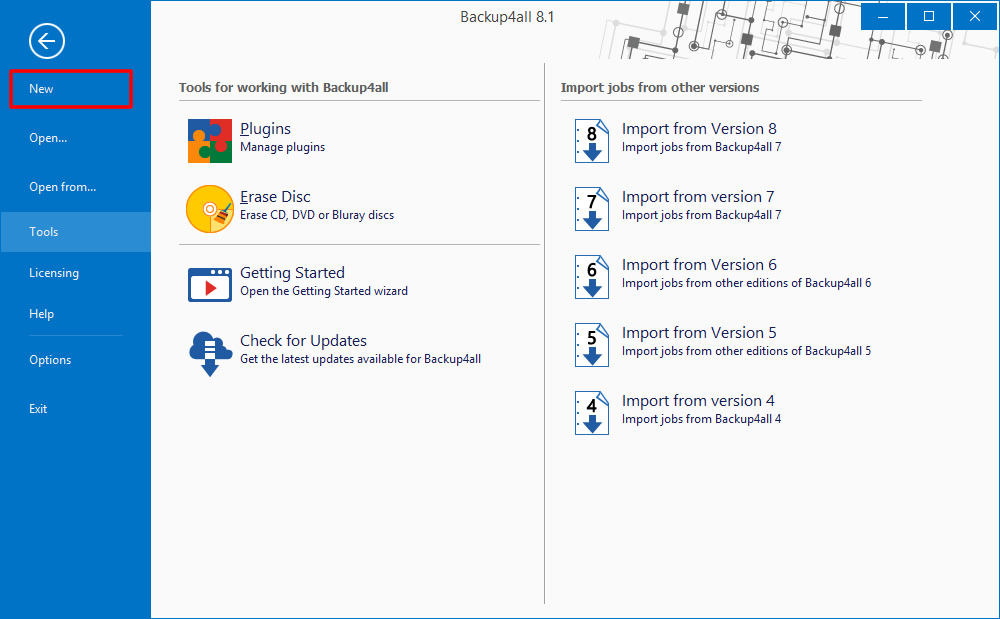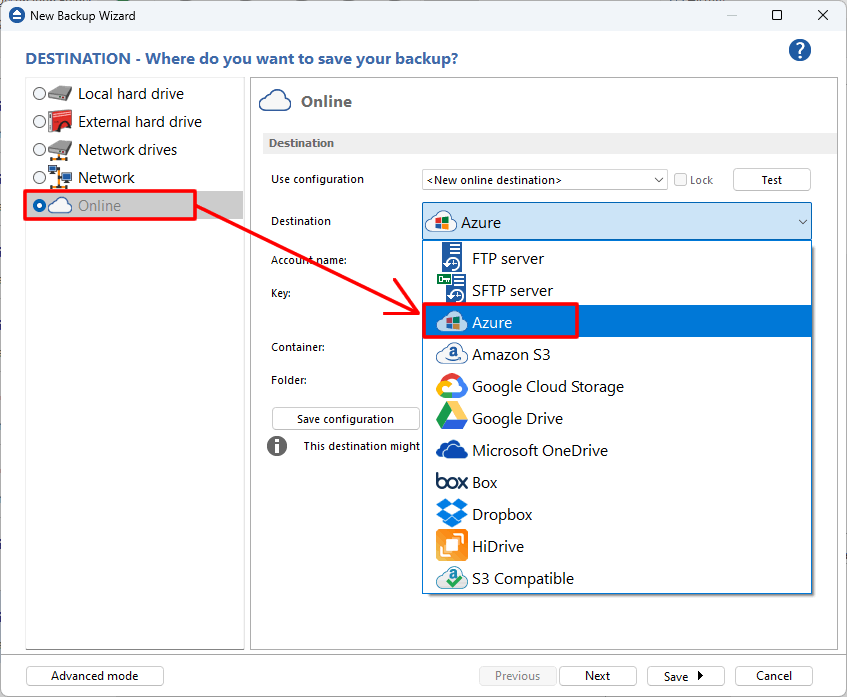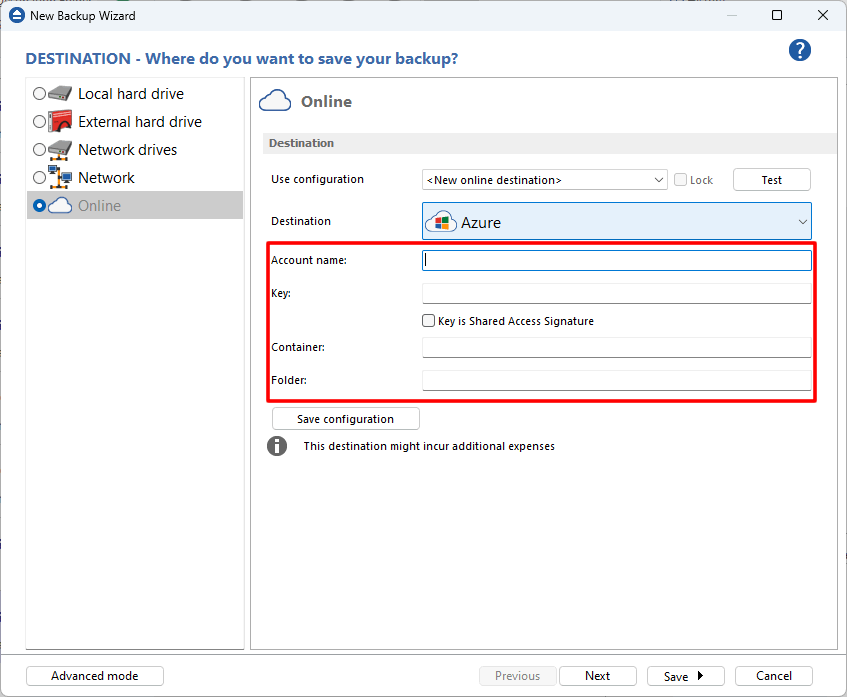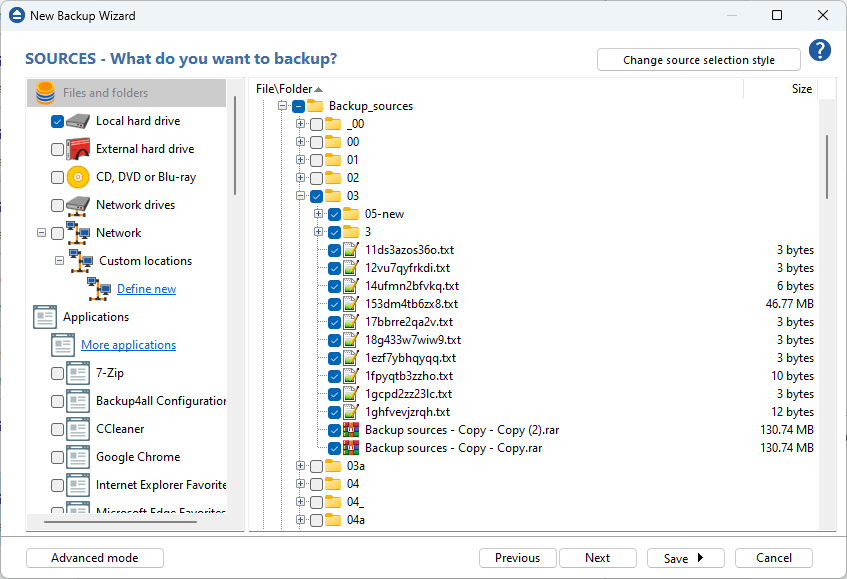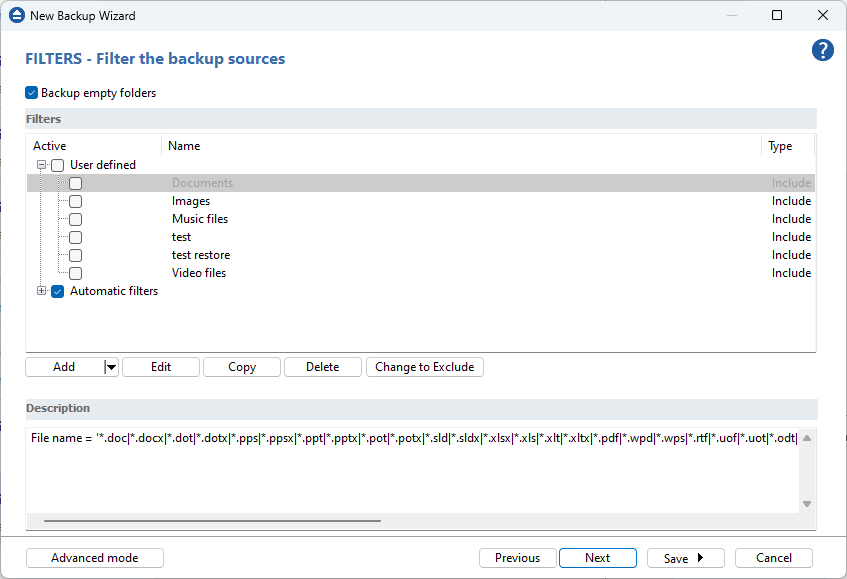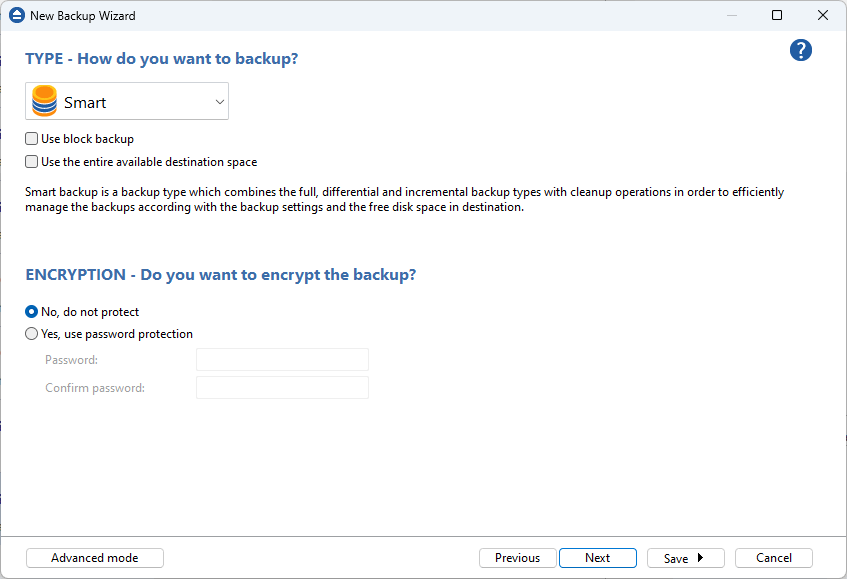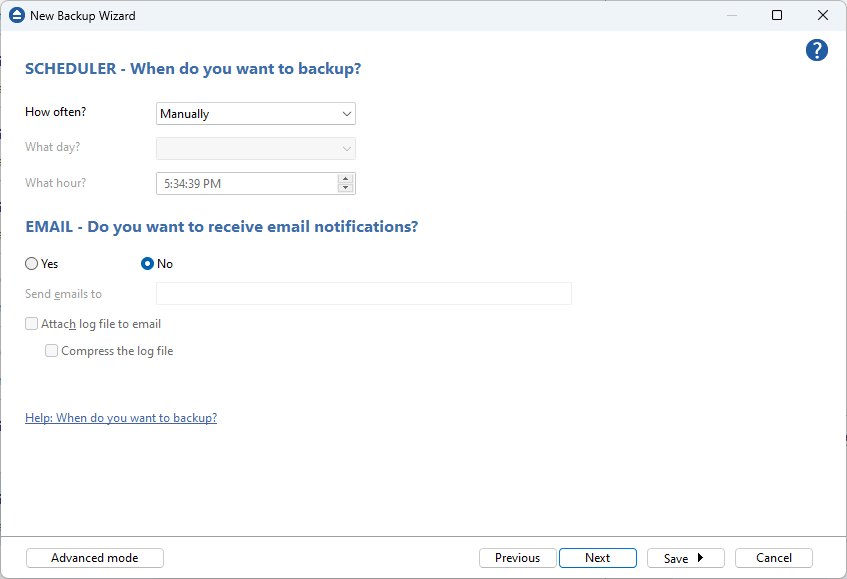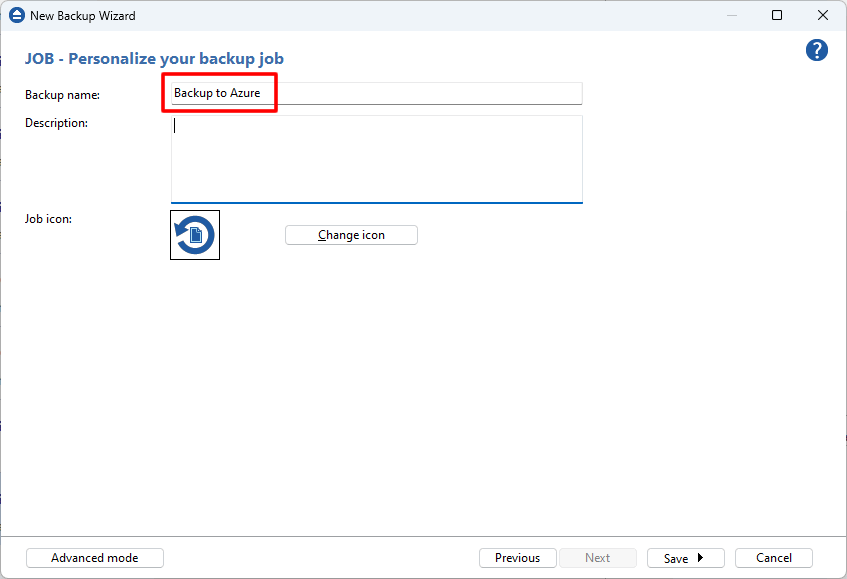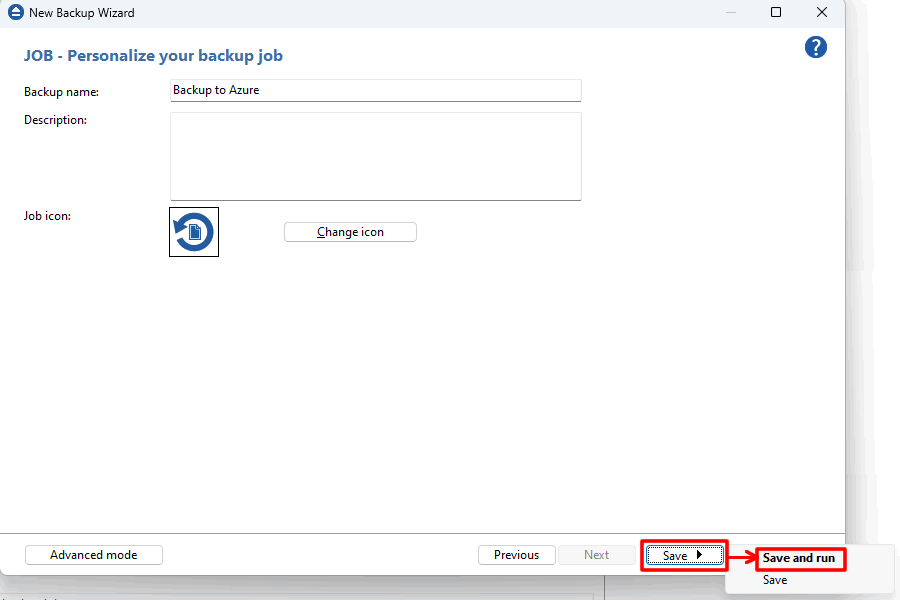Backup4all supports backing up to Microsoft's Azure cloud service. This is a practical backup destination because the backed up data can be easily accessed from any other computer with an Internet connection.Defining an Azure configuration Before using
Backup4all supports backing up to Microsoft's Azure cloud service. This is a practical backup destination because the backed up data can be easily accessed from any other computer with an Internet connection.
How to backup to Azure. Steps to follow:
- Open Backup4all and select File -> New (Ctrl+N).That will open the New Backup Wizard.
![Azure 22 Azure]()
- On Destination page, select Online->Azure.Use Azure as backup destination.
![Azure Azure]()
- Enter the credentials to connect to your Azure backup destination.If you already defined the Azure configuration in File->Options->Online connections, you can select that configuration from the dropdown list.
![Azure Azure]()
- Account name - In this field you have to enter the name of the Azure account.
- Key - In this field you have to enter the key for your Azure account. If the key is a Shared Access Signature (SAS), you must select the "Key is Shared Access Signature" option. A shared access signature provides delegated access to resources in your storage account. This means that you can grant a client limited permissions to your blobs, queues, or tables for a specified period of time and with a specified set of permissions, without having to share your account access keys.
- Container - Here you have to enter the container's name.
- Folder - If you want to use a specific folder, enter its name here.
- On the What do you want to backup page, add the backup sources. Press Next.
![Azure 27 Azure 27]()
- On the Filter the backup sources page, you can set include/exclude filters for backup sources. Then press Next.
![Azure 23 Azure 23]()
- On the How do you want to backup page, you can choose the backup type and optionally set the encryption. Press Next.
![Azure 28 Azure 28]()
- On the When do you want to backup page, you can set the backup job to automatically run on the specified time and days.
![Azure 29 backup to Azure 29]()
- On the last page, enter a name for the backup in the Backup Name field.
![Azure 23 Azure backup 23]()
- Press Save->Save and run.
![Azure 23 Azure 23]()
Defining an Azure configuration
Before using Azure as a destination for backing up, you should define a new Azure configuration using the File->Options->Online connections->Azure window. Once defined, you will be able to apply this Azure configuration to individual backup jobs.
Press the Add button once in File->Options->Online connections->Azure to add a new Azure configuration. The New Azure configuration name will appear in the list and you can enter the other settings for this connection:
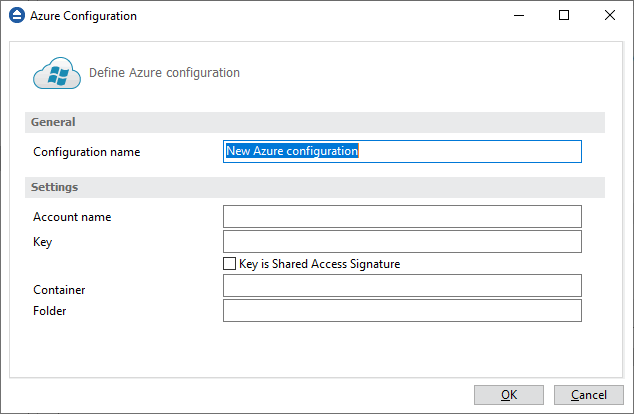
- Configuration name - Set the name of your choice for the connection.
In the Online connections page you can set the number of retry attempts and interval length (wait) for connecting to the Azure server. This is a global setting for all Azure connections. By default, if a server cannot be reached the first time, Backup4all will attempt to connect 5 more times at intervals of 60 seconds. If all attempts fail, then the backup is aborted.
Once you have finished defining the connection, press the Test button to check if the Azure details you have entered are correct. If the test was successful, The Azure connection was tested successfully message will be displayed.
Setting the destination to Azure
When defining a new backup job using the New Backup Wizard, select the Azure option in the Destination section (1st page of the wizard). If you already have a defined backup job and want to change the destination to Azure, select that backup job, open the Properties window (Ctrl+P), go to the Destination page and select Azure. There you can choose from existing Azure configurations or create a new connection.
If you have any defined Azure configurations, you will be able to select one from the dropdown list (to define a configuration go to File->Options->Online connections->Azure ). Alternatively, you may define a custom configuration during the same step of the Backup Wizard.
Once you've entered the Azure connection details, it is recommended to run a connection test by pressing the Test button.
Recommendations for backing up to Azure
- After each change to the Azure configuration be sure to use the Test function.
- If you backup important data to a remote location using Azure, encrypt the zip files for increased security. In this case, even if another person manages to gain unauthorized access to your Azure account, your files will still be protected.



